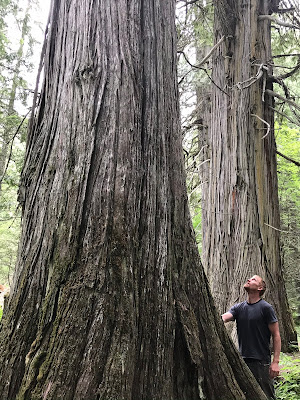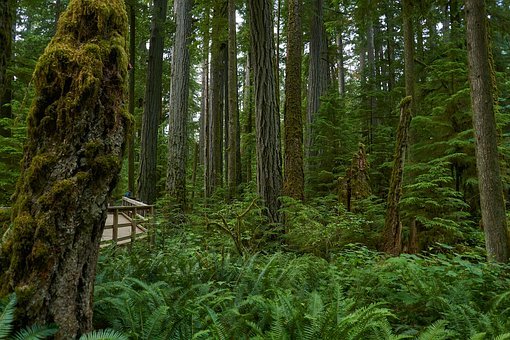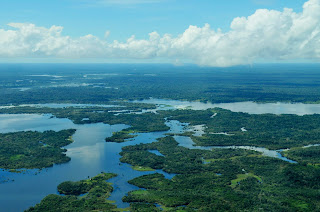It's no secret that the now-infamous bug-killer, DDT , persists stubbornly in the environment. Still, what scientists found in lake sediments they recently analyzed in the Atlantic province, 50 years after it was last used there, shocked them. The sediment in all five lakes they tested (representing numerous watersheds), were laced with DDT at levels up to 450 times beyond what would be considered safe for key aquatic species and even entire food webs. by Larry Powell A plane sprays DDT on bud worms in Oregon, 1955. Photo by Forest Health Protection. In some ways, it was like a real war. In the early fifties, governments and the forest industry teamed up in New Brunswick to launch a massive aerial assault against spruce bud worms. The pests had probably been eating their way through conifer stands in eastern Canada and the U.S. for thousands of years. But now, they were causing hundreds of millions of dollars of damage yearly to forests of mostly spruce an















